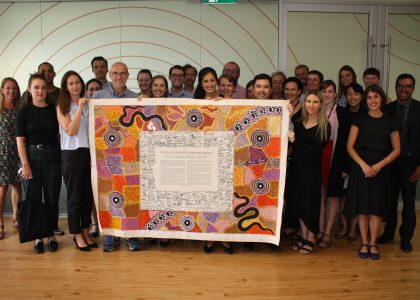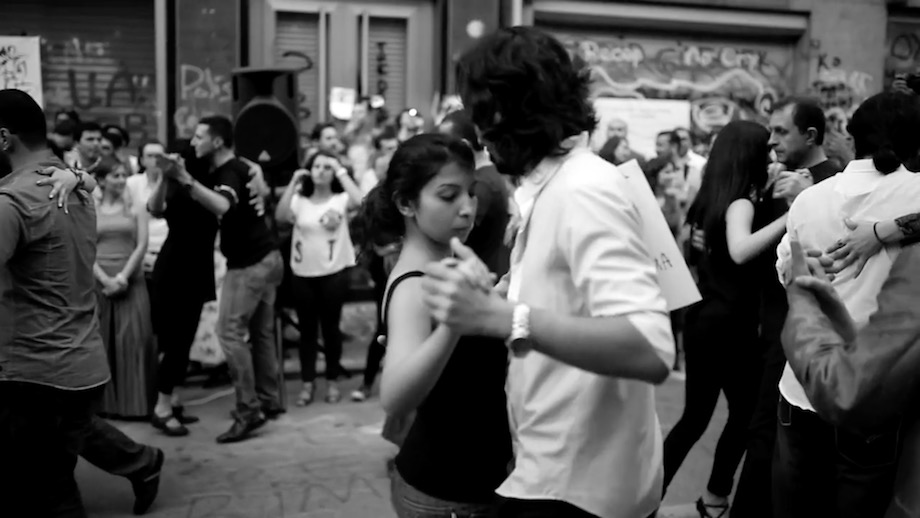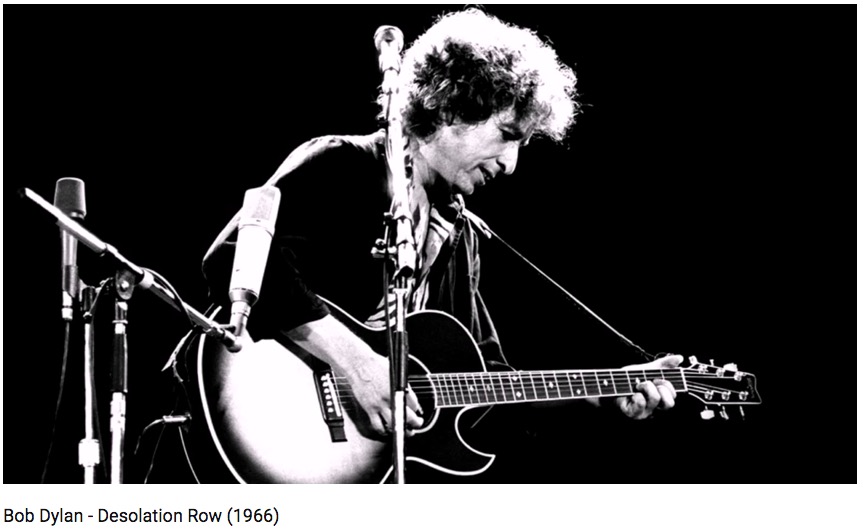Like this article? Share it on Twitter . . . Share on Twitter
Ranters: A Short History of a Glorious Liberty

The Shorter History
17th Century England witnessed dynamic and exciting social changes that fundamentally altered politics, religion, social institutions and relations, the historical balances of power, family structures and individual consciousness.
The defining theme of the era was the struggle between King and Parliament, resulting in the English Civil Wars, 1642 - 51, the execution of King Charles 1 and the establishment of a short period of Parliamentary rule. The religious dominance of the Church England ended and “The World Turned Upside Down”. Constitutionally, the wars established the precedent that an English monarch cannot govern without Parliament's consent, although this concept was legally established only later in the century.
Religious and secular ideas were often impossible to separate, then more so than today. Individuals frequently transferred their allegiance upon encountering a new and charismatic leader, while others broke away to forge their own individual paths. But from within this flux several coherent yet radical historical movements emerged, and their stories are outlined here.
Radical Puritans and Baptists
The first to appear were the Baptists, whose origins can be traced back to a group of Puritan Separatists who had fled to Amsterdam in 1608 to escape religious persecution. First gathered as a congregation at Norfolk in 1581, the Separatists advocated thorough reform within the Church of England but became disillusioned with the reluctance of the Church to really change. They proposed an independent form of organisation wherein each congregational was to be autonomous, founded upon a formal covenant, electing its own officers, and restricting the membership to "visible saints." They gave rise, eventually, to the Congregational minority wing of the Puritans during the Parliamentary period, and to later off-shoots of Separatists, Independents and Congregationalists.
Arriving in the Netherlands in 1608, the next year the refugee Puritans moved to Leiden where they enjoyed full religious freedom. Most of them remained for almost 12 years before organising themselves to emigrate to the American Colonies - thereafter being known as “the Pilgrims”.
But in Leiden, under the influence of Dutch Anabaptists, some of them quickly adopted the principles of adult (or believer's) baptism, and of general redemption (which held that saving grace was available to all who accepted it through faith). Returning to England in 1612, these former Separatists founded the first General Baptist church in London. Some of the other refugees, still Calvinist, returned later to establish a semi-separatist church in the capital, and by 1638 some of its members had broken away to form a Particular (or Calvinist) Baptist congregation. The Baptists were thus divided from the beginning into two distinct movements, the General and Particular Baptists, each deeply suspicious of the other.
The religious freedom of the 1640s allowed both movements to expand rapidly, and in 1644 the Particular Baptists issued a Confession of Faith signed by representatives of seven London churches. By 1660 there were about 250 congregations, roughly 60 percent of them Particular Baptist, with perhaps 25,000 members in all. Particular and General Baptists agreed that baptism was only valid for adult believers and should be administered by immersion in a river, following biblical precedent. They also agreed that each congregation should enjoy total independence. Both found recruits among artisans and small farmers, attacked tithes and university learning, and found support in the New Model Army. Both Baptists strands nurtured millenarian dreams. But their fundamental division over who could be saved outweighed these similarities - the General Baptists considered Christ's atonement to extend to all people, while the Particular Baptists believed that it extended only to the elect.
The Particular Baptists, closer in spirit to the Congregationalists, were anxious to stress their respectability. The General Baptists, by contrast, more distant from the Puritan mainstream and influenced by their time in Leiden, were more anticlerical and evangelical. They often challenging the clergy to public debate in a manner that foreshadowed the Quaker movement of the 1650s. Even mainstream puritans denounced them as blasphemous anarchists.
In reality, all Baptists were primarily concerned to secure religious toleration and the majority cooperated with the parliamentary regimes of the period. They were always a minority within reforming Puritanism, which was then dominated by Presbyterian theology (the sovereignty of God and the absolute authority of Scripture).
Left: Roslyn Castle ruins, where Cromwell stabled his horses in the Chapel
Levellers
The Levellers emerged during the Civil War, and were primarily political in spirit. Most of their leaders had roots in radical Puritanism, and the gathered churches provided a key recruiting ground, especially disenchanted General Baptists.
Many parliamentary activists fears that a postwar settlement would bring few rewards for the common people. In particular, Leveller leaders such as "Freeborn John" Lilburne (c. 1614–1657), Richard Overton (c. 1625–1664), and William Walwyn (1600–1681) recoiled at the prospect of a rigid new uniformity under a national Presbyterian church. Using pamphlets and mass petitions, the Levellers pressed for both religious freedom and a range of social and economic reforms, including sweeping changes to the law, economic freedom for small tradesmen, and the removal of tithes and taxes.
Their central demand, however, was a radically new political order to make government accountable for its actions. The Levellers saw authority flowing upward from the people, not downward from a divinely appointed king.
Part of their moral justification was that Jesus Christ was the “Great Leveller” and with this belief they sit close to a long Reformist tradition in Europe, including the Waldensian communes in Italy, the Czech Hussites, the Anabaptists and Hutterites.
Monarchy and a House of Lords had no place in their vision, and they demanded reforms to make popular sovereignty authentic in practice : a wide franchise (to include most male householders), annual elections, decentralised decision making, elected local magistrates and judges, and a written constitution to guarantee basic human rights, especially religious freedom.
Parliament ignored their demands, and in 1647 the Levellers turned instead to the New Model Army, under Thomas Fairfax (1612–1671) and then Oliver Cromwell (1599–1658). The soldiers had mutinied in spring 1647, exasperated by Parliament's attempt to disband them without meeting legitimate grievances over pay and indemnity. The Levellers secured considerable influence among them and believed that a "citizen army" could act as agents of the sovereign people to overthrow Parliament and establish the new political order.
The soldiers' representatives, or "Agitators," presented the first "Agreement of the People," an outline draft constitution, to the Army Council at Putney in October 1647. But as the country slid back toward a second civil war, the officers regained control and the Levellers found themselves outmanoeuvred. Parliament took steps to meet many of the soldiers' grievances, while the military coup of December 1648 (Pride's Purge), which led to the abolition of the monarchy and House of Lords, cut much of the ground from beneath their feet. Moreover, in March 1649 the Commons guaranteed religious freedom to the Baptists and other separatists, which prompted many to distance themselves from the Levellers.
Though the Levellers railed at the tyranny of the new republican regime, they had run out of options and their program proved far too narrow to stand any real chance of success.

Diggers
Despite their name, the Levellers always protested their support for private property. By contrast, the Diggers, or "True Levellers," fully accepted the principle of economic equality and placed it at the very heart of their ideology.
The Diggers had little impact on political events, and most of our information about them comes from the prolific writings of their leading theorist, Gerrard Winstanley (1609–1676). Winstanley experienced a religious conversion that convinced him that a new age was dawning in which the inner spirit would restore men and women to Adam's perfection before the Fall. Winstanley saw the overthrow of Charles I (1649) as proof that the new age was at hand, and on 1 April 1649, inspired by a vision, he persuaded a small band of disciples to establish a communist settlement at St. George's Hill, near Walton-on-Thames in Surrey.
To the Diggers, all freedoms depended on economic freedom, by which they meant freedom from want. They dreamed of a society with neither money nor private property, where everyone worked to produce food and goods freely available to all from communal stores. Moreover, human nature would be transformed as the inner spirit drove out sin in each individual. In such a perfect moral commonwealth there would be little need for laws, sanctions or coercion. Winstanley repudiated the use of force, insisting that the communes were to be voluntary, and the Diggers planted only on common or "waste" land, leaving private landowners free to enjoy their own properties. Communist and propertied societies could thus coexist in peace, he explained, though he clearly hoped and expected that mass migration to the new communes would trigger the speedy collapse of private estates. At least nine other Digger communes sprang up across southern England and the Midlands within the next few months.
Winstanley's own settlement soon encountered problems. The Diggers had expected hostility from local gentlemen and clergy, but they were also viewed with deep suspicion by many ordinary folk who regarded the commons as a valuable asset for grazing and firewood. The settlement also prompted fears that an army of squatters would bring crime and violence in their wake. Repeated attacks forced the Diggers to shift a few miles away, by August 1649, and the settlement collapsed entirely in April 1650. That spelled the end of the movement.
But Winstanley later published a manifesto, The True Law of Freedom (1652), in which he revised and developed his utopian dream. He stood by his faith in a classless, communist, agrarian society. His text spelled out the laws and government that he now recognized as necessary bulwarks against tyranny and popular disorder alike. The verse that closes the work leaves little doubt that he was now writing for future generations rather than his own.
Ranters
At one point the Digger commune had been interrupted by a group of Ranters, whom Winstanley condemned out of hand. The Ranters are the most difficult of all radicals to categorize and possibly no such "movement" ever formally existed.
But radicals and conservatives alike described encountering Ranters over several years, and Parliament responded in 1650 with an Act outlining and condemning their beliefs. Neither a sect nor a party, the Ranters are best described as a loose cluster of individual cells that held similar if not quite identical ideas and attitudes. Like many radicals, they anticipated an imminent millennial future. Abiezer Coppe (1619–1672), their most interesting pamphleteer, claimed that the overthrow of king and lords foreshadowed a far greater revolution that would sweep away all hierarchy, privilege, and property.
The Ranters, convinced (like Winstanley) that God's spirit was to be found within, proclaimed that to the pure, all things were pure. Such a principle could easily open the way to immorality of every kind, and Ranters were repeatedly condemned as promiscuous and blasphemous atheists. Some individuals did pursue the libertine implications of their creed. Others, especially Coppe, proclaimed a social gospel that echoed Christ's Sermon on the Mount, defining true religion as caring for the sick and destitute, and condemning the traditional Puritan preoccupations with sex, blasphemy, and "correct" forms of worship as mere hypocrisy. The real sins, Coppe insisted, were the pride and greed that sustained a social order both oppressive and unjust.
Most contemporaries reacted with horror to what they knew or heard of the Ranters. Their alleged "atheism," their rejection of heaven and hell, of all churches, and of traditional moral values, and their violent language and extreme behavior ensured that "Ranter" became a general term of opprobrium. With the Act of 1650, Ranter pamphlets were banned, but it is clear from Quaker and other radical writings that their ideas lived on throughout the 1650s.
Fifth Monarchists
The Fifth Monarchists, the most politicized of the religious movements of the period, took shape in 1651 in response to still anticipated millenarian expectations raised by the king's execution in 1649.
Taking their name from the vision of four beasts or world empires from the seventh chapter of the Book of Daniel, they looked for an imminent fifth: the reign of Christ. Their first target was the "Rump" Parliament, which they blamed for blocking Christ's kingdom, and were delighted when Cromwell dissolved it in April 1653, under pressure from army officers and religious radicals. They also welcomed his decision to summon a nominated assembly of the “godly” ("Barebones Parliament"), instead of calling fresh elections. The assembly, which contained a dozen Fifth Monarchists and many other religious radicals, pushed for sweeping reforms, whereupon Cromwell took fright and assumed power himself, as Lord Protector, in December 1653.
Viewing him no longer as a second Moses but as the agent of the Antichrist, the Fifth Monarchists became his implacable enemies. They continued to demand a range of social reforms, which in many respects resembled those of other radical groups, including law reform, the abolition of taxes and tithes, and the relief of the poor. But taking the Old Testament as their model for the government, law, and society of the coming kingdom, the Fifth Monarchists looked for rule by a godly elite, "the visible saints," and they rejected outright the democratic values of the Levellers and Diggers. At the same time they insisted that biblical Israel had been a just society, and they guaranteed a better life to everyone willing to live quietly under the new order.
The Fifth Monarchists insisted on their right to take up arms against Cromwell, but in the event most proved reluctant to convert their violent rhetoric into open resistance. They were too weak to challenge the regime alone, and their attempts to subvert the army and build alliances with radical Baptists and republicans proved abortive. Several brief and abortive uprisings were crushed and the movement gradually faded away as it became obvious that its millenarian expectations had been ill founded. Most Fifth Monarchists drifted back to the Independent or Baptist churches from which they had come.
Quakers
The Quakers, the last movement to arise, emerged in 1652–1653 in the north of England, a region largely untouched by religious radicalism. Spreading south in 1654–1655, they grew rapidly to number some 40,000 by 1660. Their leaders and evangelists, such as George Fox (1624–1691) and James Nayler (1618–1660), were mainly small farmers and tradesmen. Women played a far more prominent role in the Quakers than in any other radical movement.
Quaker belief centres on the “inner light”, which they insisted was capable of transforming each individual in this life and securing salvation in the next. Their religion stressed personal experience and repudiated outward forms; they insisted that the "church" was a gathering of believers, not a building or institution. Quaker worship was spontaneous and emotional (hence their nickname - they wonld quake in the face of God), and they rejected all professional ministers and sacraments.
Quakers rejected all worldly vanities and pleasures and applied a strict ethical code to their daily lives. But only in 1661 did they adopt pacifism as a general principle; the early Quakers' violent rhetoric prompted fears that they were subversive and dangerous, a suspicion reinforced by their refusal to observe conventional gestures of deference, such as doffing their hats. Their aggressive evangelism brought them enemies as well as converts; Quaker preachers, many women among them, often harangued crowds in the marketplace and interrupted church services. Moreover, their stress on the "Christ within" appeared blasphemous, and when James Nayler rode into Bristol on a donkey in 1656, imitating Christ's entry into Jerusalem, a horrified Parliament sentenced him to be branded, bored through the tongue, and flogged—a sentence that was duly carried out.
New laws on vagrancy and Sabbath observance in 1657 were aimed at the Quakers, and their outright refusal to pay tithes (rather then simply attacking them) led to numerous prosecutions. Roughly two thousand Quakers had been imprisoned by 1660.
Of all these groups, only the Baptists and Quakers (or Society of Friends) have survived. The radicals' dreams failed to materialize, but fear of their extremism helped pave the way for the Restoration.
Nevertheless they had, at times extensive influence, a lasting significance, inspiring later generations and forming part of the English Nonconformist bloc that successfully thwarted all attempts to reimpose a monolithic state church. The radicals thus helped to shape the pluralist values of individual freedom that define Western culture today.
Bibliography
Hill, Christopher. The World Turned Upside Down: Radical Ideas during the English Revolution. Harmondsworth, U.K., and Baltimore, 1975. A magisterial survey of radical ideas and movements.
Reay, Barry. The Quakers and the English Revolution. London, 1985. The best short introduction, from a non-Quaker perspective.
Robertson, Geoffrey (ed). The Levellers: the Putney Debates. Verson, London, 2007. Lucid introduction by Geoffrey Robertson sets the background clearly.
Shaw, Howard. The Levellers. London, 1968. A clear, short introduction.
A Common People's History of the UK here on the web
This page based on an article by Professor Bernard Capp.
Other sites: English Dissenters - a general overview of the history
The Trumpet of Sedition: A review of "a glorious liberty," the ideas of the Ranters by A L Morton








